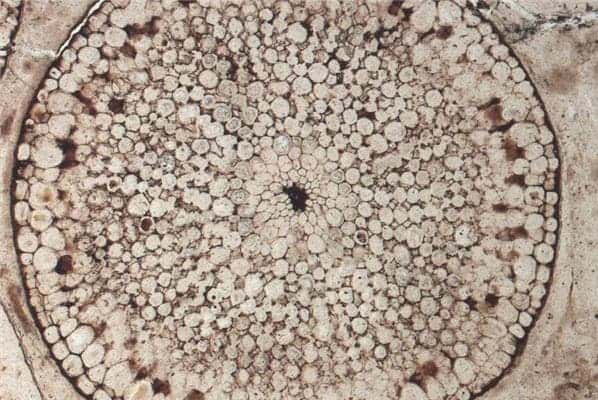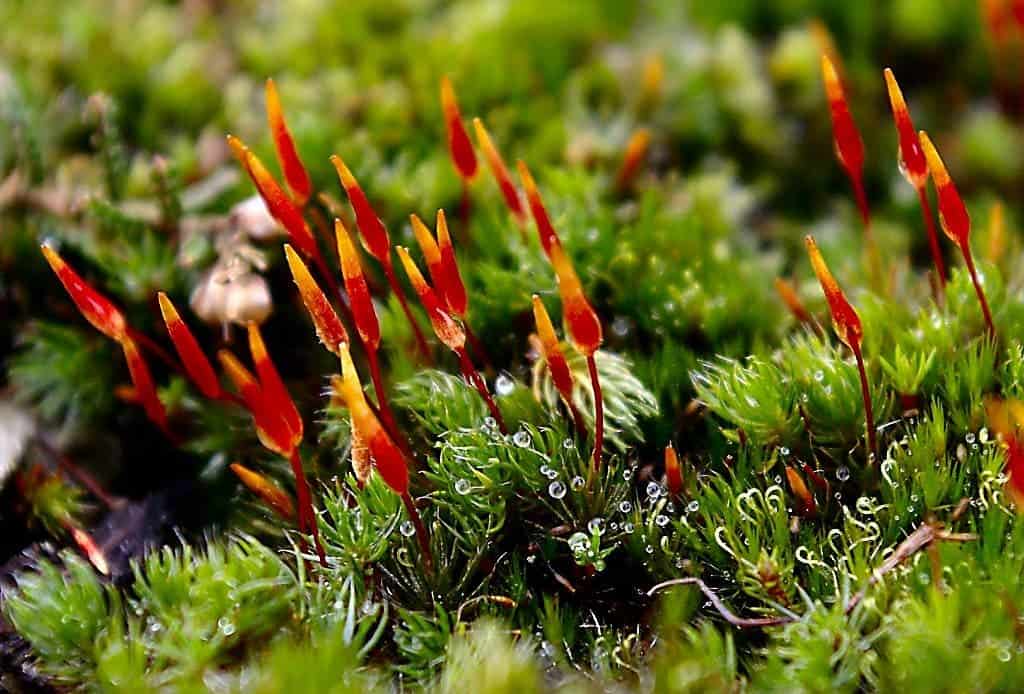A new study concludes that the initial estimated timeline of plants moving onto land was way off — by about 50 to 100 million years.
A history of the Earth
For most of our planet’s history, there was no macroscopic life. Scientists have found evidence of microscopic life from 3.7 billion years ago, but it wasn’t until 0.6 billion years ago that many macroscopic creatures started to evolve. Dinosaurs emerged 0.24 billion years ago, mammals appeared 0.16 billion years ago (according to some estimates), and humans came along 0.0002 billion years ago. That’s some perspective, isn’t it? So, where do plants fit into all of this?
Plants can be loosely split into two groups: land plants, and marine plants (such as brown algae). The first plants appeared in the oceans, being evolutionarily related to cyanobacteria. The first terrestrial plants, conventional theory holds, appeared during a period called the Ordovician — 470 million years ago, or 0.47 billion years ago. As far as we can tell, they were simple, non-vascular plants, somewhat similar to mosses and liverworts. It wasn’t until much later that flowering plants evolved.
The first fossil evidence paleontologists have of land plants dates from 420 million years ago — this is what we call the fossil constraint. It’s reasonable to assume that the first colonization happened much earlier than that, but we know for sure that it didn’t happen later than that.
So, the first plant land colonization happened at least 420 million years ago, with most common estimates putting it at 470. This was the conventional theory, but a new study found that the colonization happened earlier than that — much earlier.
A time for plants
The team used the so-called ‘molecular clock’ methodology. The molecular clock uses the mutation rate of biomolecules to calculate when two or more life forms diverged. The research team combined this genetic calculation, drawing data from living species and fossil constraints to fill any existing gaps.

Rhynia gwynne-vaughanii – A 400 million-year-old fossil plant stem from Aberdeenshire, Scotland. Image courtesy of The Natural History Museum, London.
Co-lead author Mark Puttick described the team’s approach to produce this timescale. He explained that the fossil record just doesn’t provide enough information to paint a full picture.
“The fossil record is too sparse and incomplete to be a reliable guide to date the origin of land plants. Instead of relying on the fossil record alone, we used a ‘molecular clock’ approach to compare differences in the make-up of genes of living species – these relative genetic differences were then converted into ages by using the fossil ages as a loose framework.
He adds that the first terrestrial plants and the first terrestrial animals colonized during approximately the same period.
“Our results show the ancestor of land plants was alive in the middle Cambrian Period [about 510 million years ago], which was similar to the age for the first known terrestrial animals.”
The most notable finding is that studies based only on the fossil record tend to underestimate the evolutionary ages. But this also raises interesting questions about the ancient environment. In order for creatures to migrate to the land, the conditions (both biological, and environmental) need to be just right.
Then, after plants started to spread and expand their territory, they also changed the environment. Dr. Jennifer Morris, from the University of Bristol’s School of Earth Sciences and co-lead author on the study, explained:
“The global spread of plants and their adaptations to life on land, led to an increase in continental weathering rates that ultimately resulted in a dramatic decrease the levels of the ‘greenhouse gas’ carbon dioxide in the atmosphere and global cooling.”
“Previous attempts to model these changes in the atmosphere have accepted the plant fossil record at face value – our research shows that these fossil ages underestimate the origins of land plants, and so these models need to be revised.”
The study ‘Timescale of early land plant evolution’ by JL Morris, MN Puttick, J Clark, D Edwards, P Kenrick, S Pressel, CH Wellman, Z Yang, H Schneider and PCJ Donoghue was published in Proceedings of the National Academy of Sciences USA.










